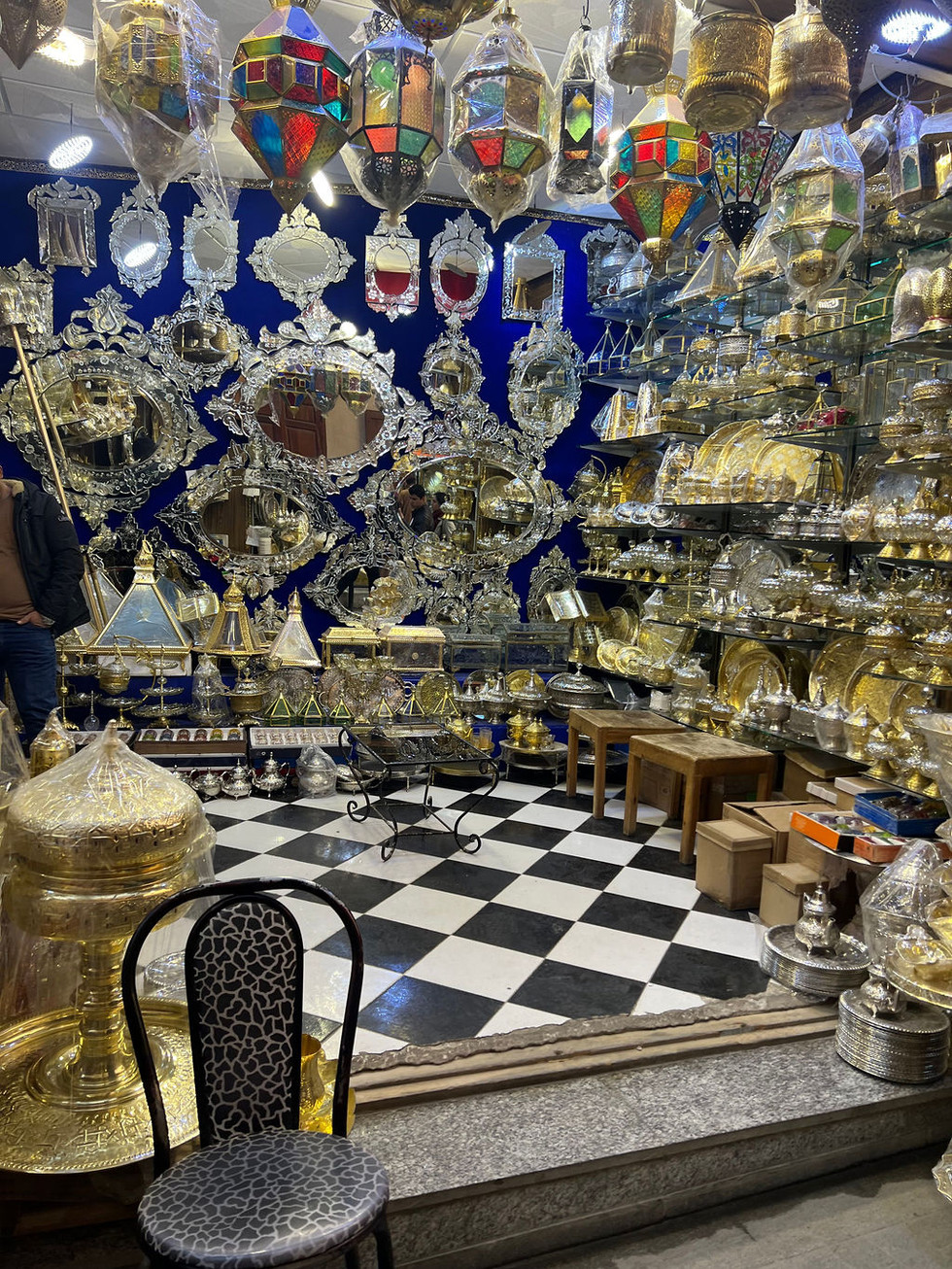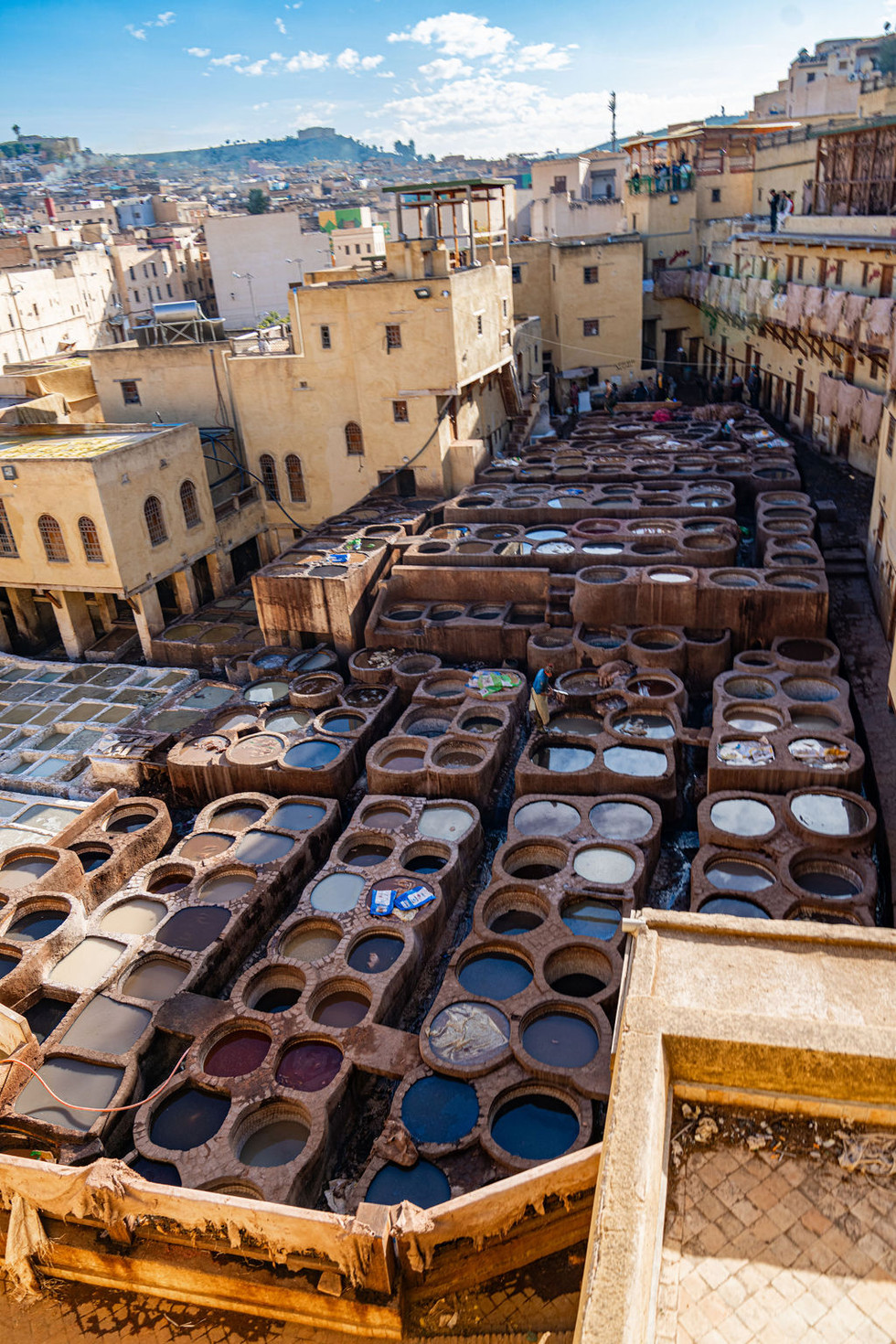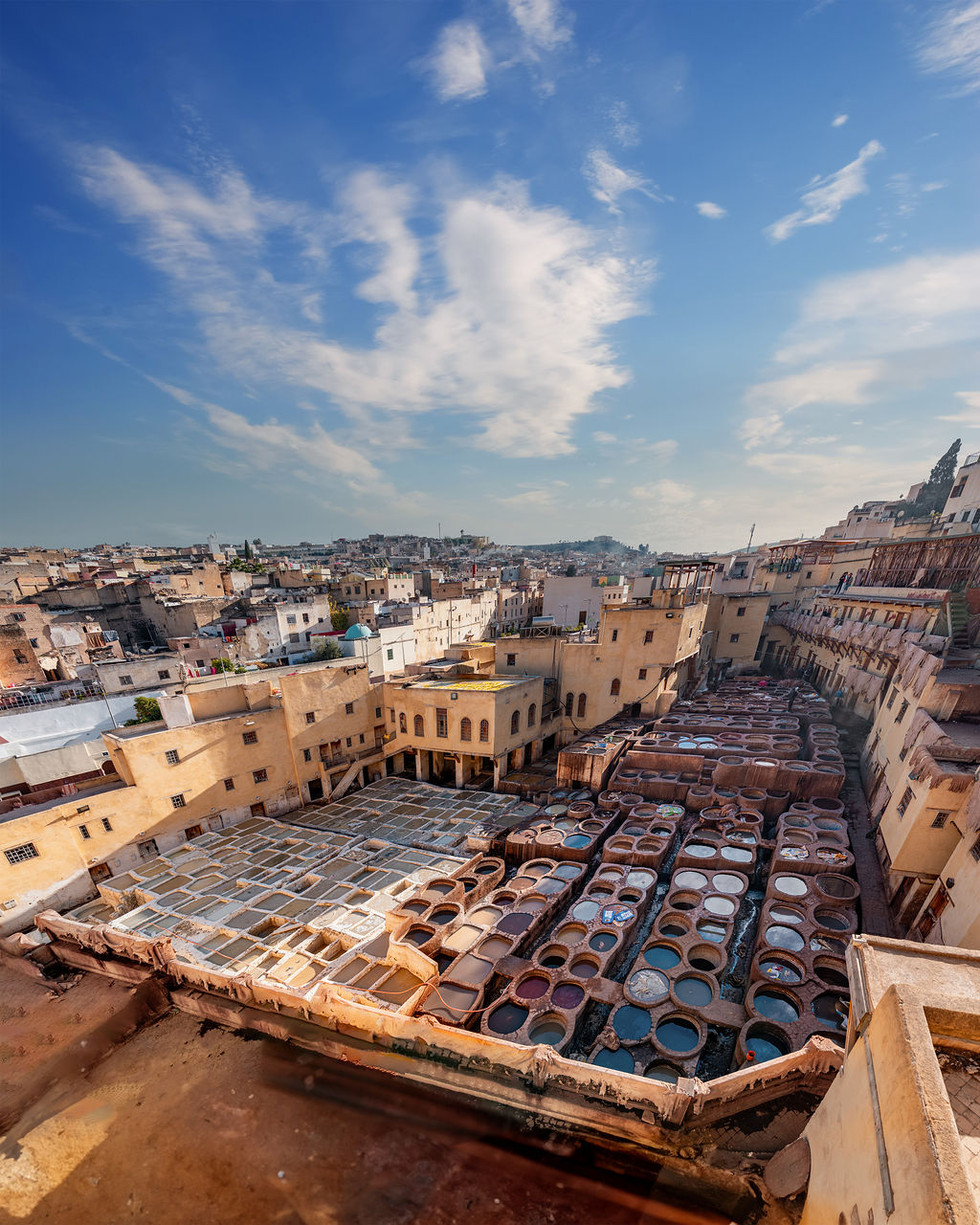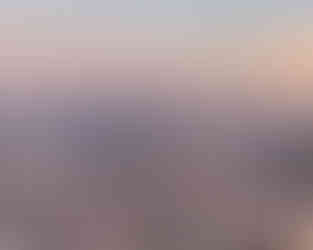Morocco: Visiting the vibrant, historical city of Fes
- That's How We Travel
- Aug 25, 2024
- 3 min read
Updated: Apr 13
Summary: Known as the cultural hub of Morocco, this ancient city, dating back to the 8th century, is the second largest in the country. The historic Medina, a UNESCO World Heritage Site, stood out as a highlight of our trip. The vibrant, winding streets offered a truly immersive and captivating experience, exceeding our expectations.
[This blog is part of a 10-days in Morocco Trip].

Fes. Sometimes referred to as the cultural capital of Morocco, this 8th Century City is the second largest city in Morocco. While it has expanded the most in this last century, the ancient parts of the City remain largely intact with the central district known as Fes el-Bali and Fes Jdid, listed as a UNESCO World Heritage Site. Our first stop of the day was to drive up to an overlook to catch a panoramic view of this interesting city.
Gates at the Royal Palace of Fez. Our next stop was to see the entrance gates to the Royal Palace of Fez. The Palace itself is not open to the public, but the outside gates are worth a quick stop to see the intricate bronze design of the doors and beautiful surrounding tile work.
Tile Manufacturing. Next, our guide took us to a traditional tile manufacturing plant where artists are on site to show how they make their handmade masterpieces.
Shopping. Be advised that with the tour comes a hard sell for tile pieces. We loved so much of the artwork but did not come prepared to spend money in this way. We understand how this is part of the tourism network and dollars help sustain these traditional ways of hand-manufacturing. We declined to take any home, though there are several pieces that caught our eye.
Fes Markets. The next part of the day was filled with overwhelming data input of colors, smells, people, products, and well, everything! We loved the crazy chaos of the central Fes market place.
More Handmade Artistry. Within the markets are more opportunities to watch artisans manufacture their products out in the open, and then offer them for sale. We could have easily spent more time in the markets watching these artists at work.

Tight Squeeze. Parts of this 8th Century town consist of a narrow maze of streets that were fun to zig zag through, but good thing we had a guide because we're not so sure we wouldn't still be wondering around there if it weren't for him!
Chouara Tannery. Situated right in the middle of the oldest medina in the City, is the Chouara Tannery. Using ancient methods of preserve hides of goats, sheep, cows, and other species, workers use a mixture of pigeon feces, cow urine, quicklime, salt, and water to create leather products. Visitors can watch workers while also shop for leather purses, jackets, and similar finished goods. It's a smelly experience but as you enter, you're handed a sprig of mint to sniff on as you overlook the process in action. We passed on buying these products too but enjoyed learning about the process.
Moroccan Rugs. Alas, our guide found a weak spot. As it so happens, we were in need of a new rug for our house. At this stop, we learned about how traditional Moroccan-Berber rugs are handmade and the different styles created, depending on the artist and their origin. We came home with the rug on the left and love this colorful daily reminder of our Morocco trip. We chose the Jewish Berger style for its brilliant colors and interesting history.

Next we visited the Mulay Idriss mausoleum (who ruled Morocco from 807 to 828 and is the founder of the city), Karaouine University (founded as a Mosque in 857–859 and then later a leading university teaching solely Islamic religion and legal studies), and the Nejjarine Museum of Wooden Arts and Crafts.
Evening Walk. After a busy day, we went back to our hotel and had dinner in the neighborhood, followed by an evening stroll up to see the Marinid Tombs created between the 13th and15th century. This modest hike up to the top of the hill also provides a beautiful sunset view of one of the City's medinas below.

















































Comments